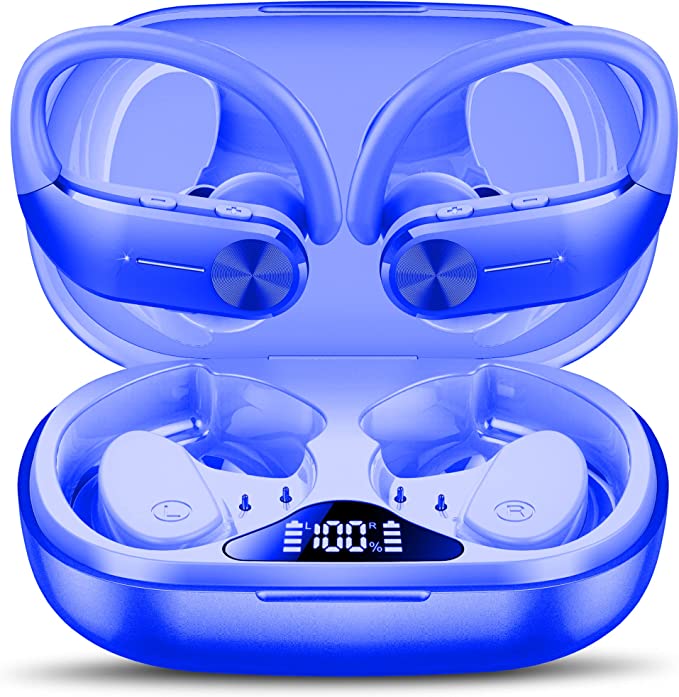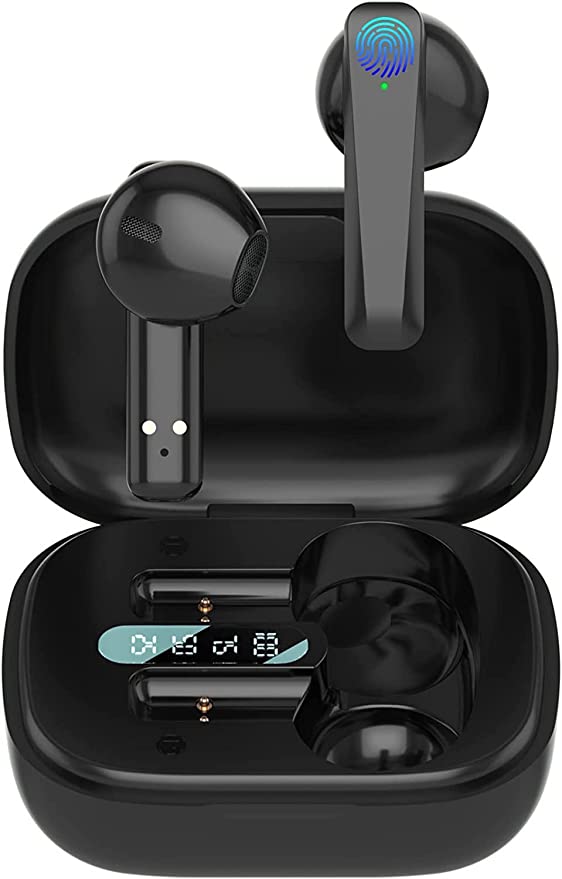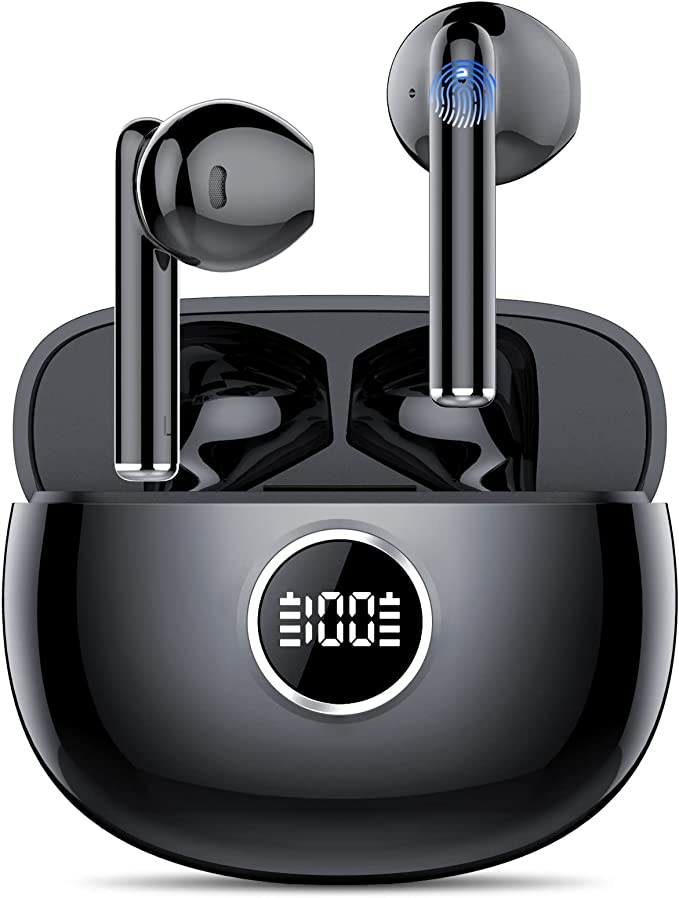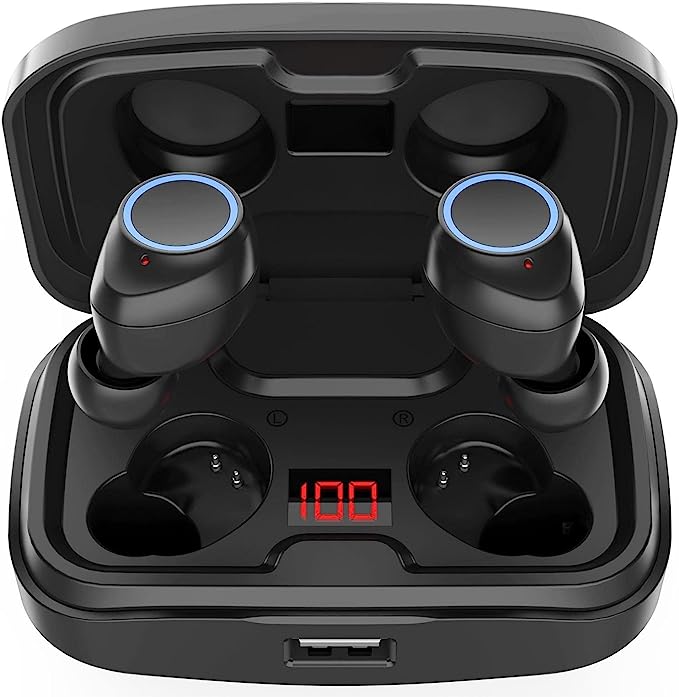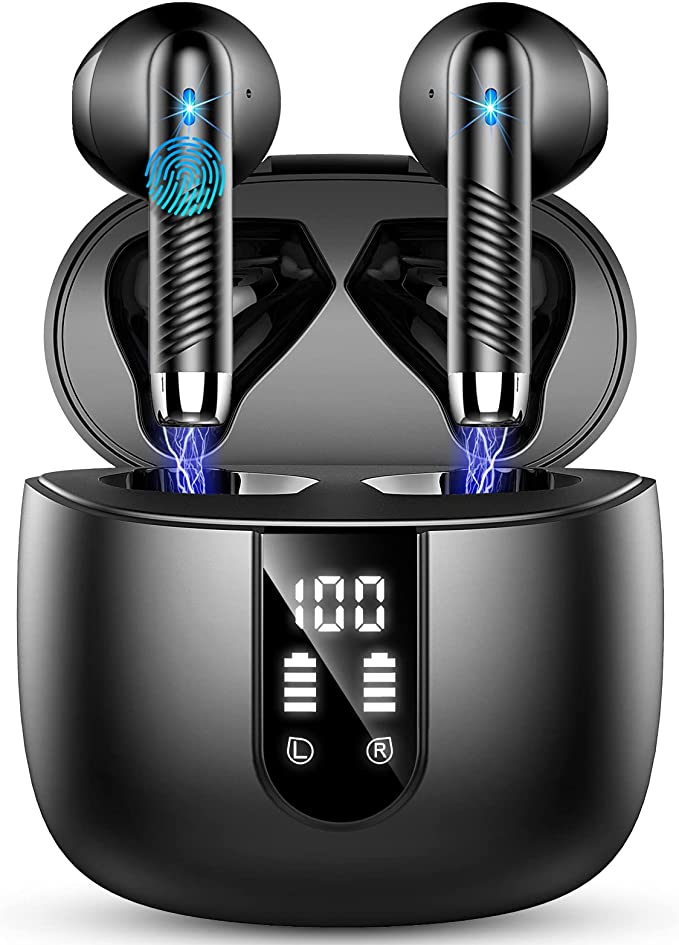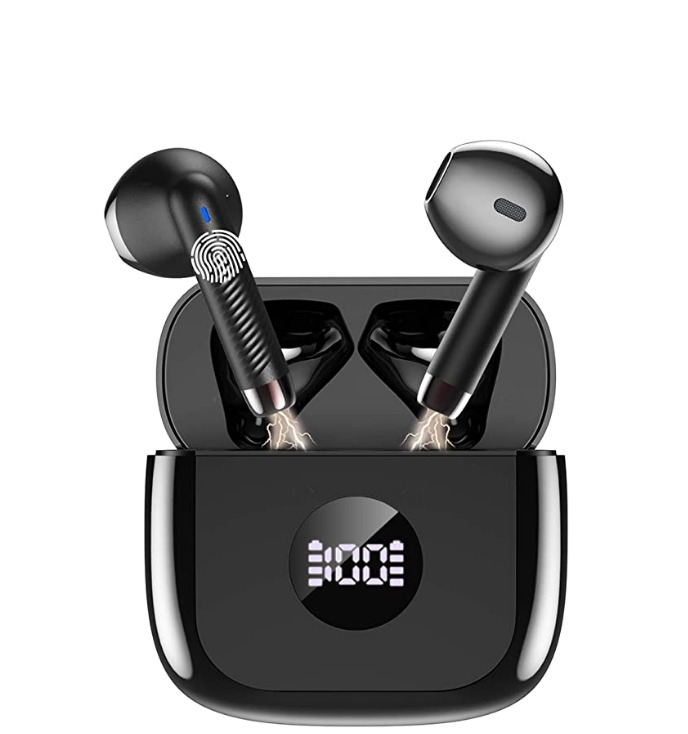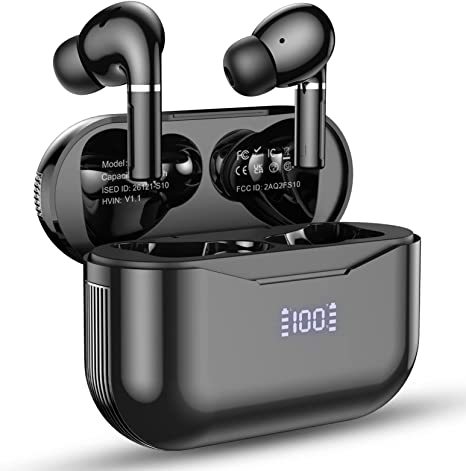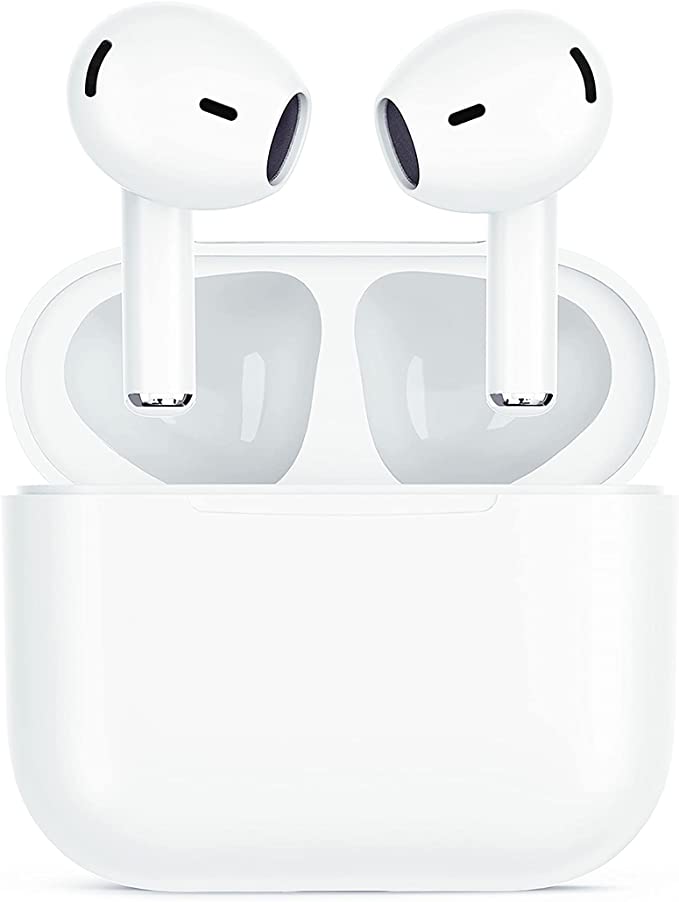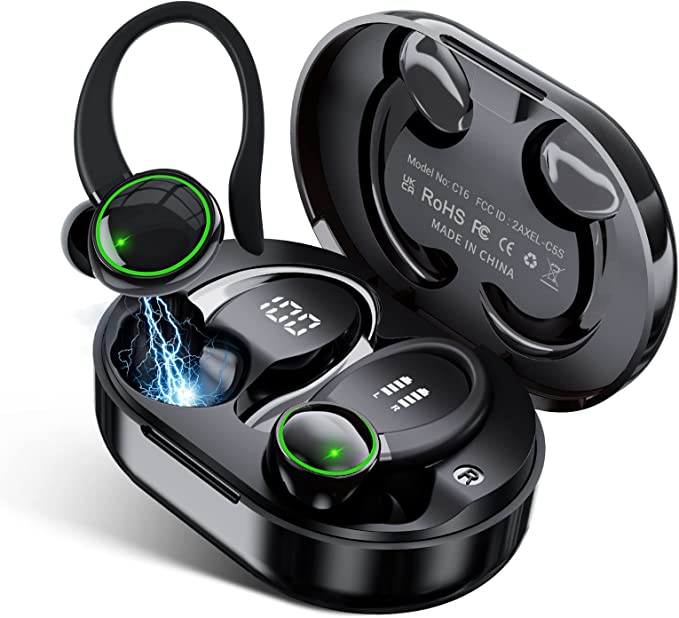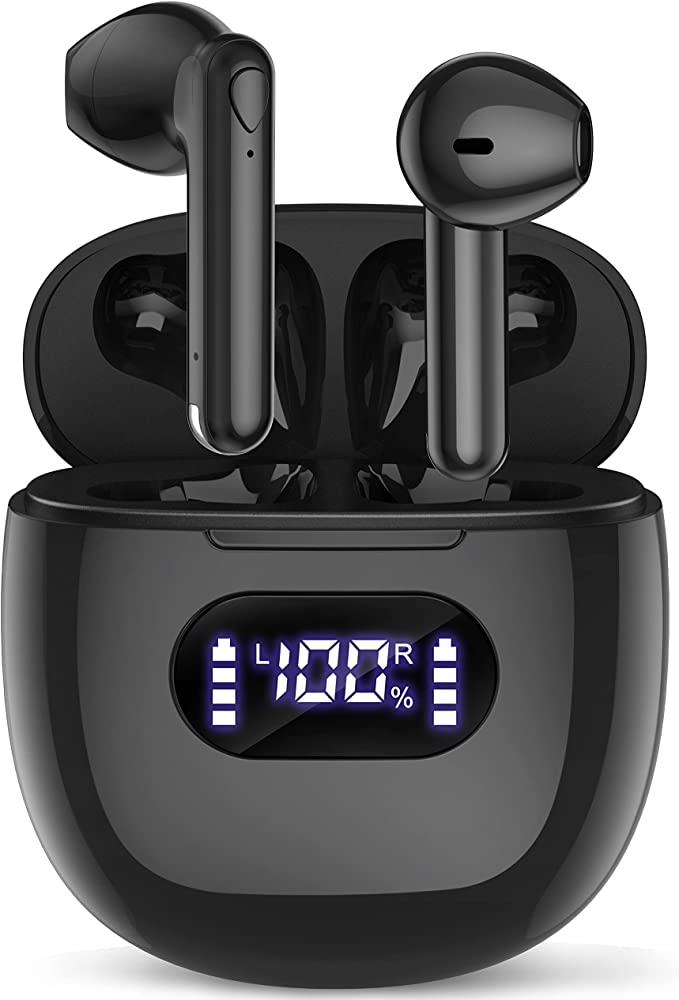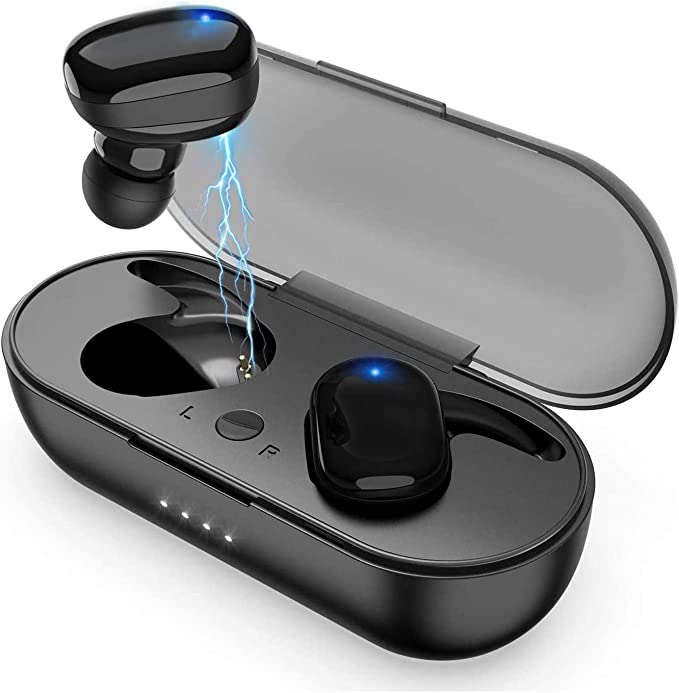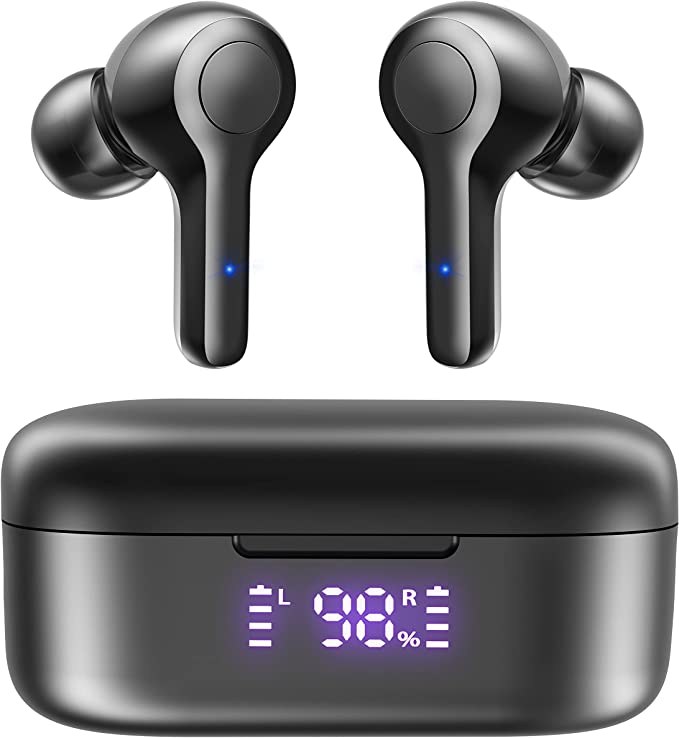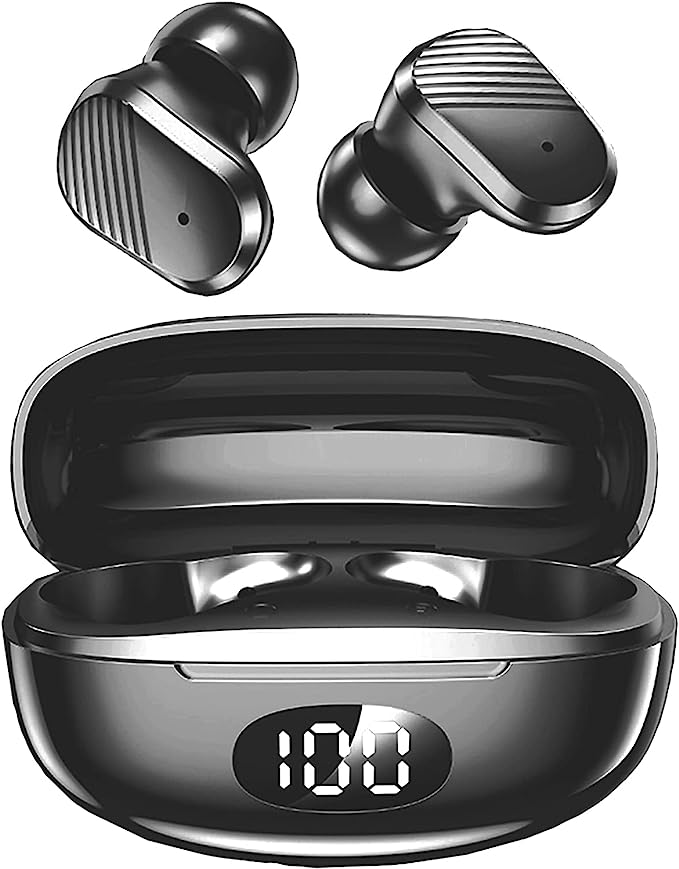A Beginner's Guide to Wireless Earbud Tech: Decoding Bluetooth 5.3, Graphene, ENC, and IPX7
Update on Oct. 29, 2025, 5:23 p.m.
Your Guide to Modern Earbud Tech: Making Sense of the Specs
Ever felt like you need a degree in engineering just to buy a pair of wireless earbuds? You see terms like “Bluetooth 5.3,” “graphene drivers,” “ENC,” and “IPX7,” and it’s easy to feel overwhelmed. What do they actually mean for your daily run, your commute, or your work calls?
You’re in the right place. Forget the dense marketing jargon. Today, we’re going to be your personal tech mentor. We’ll break down the core science that powers modern wireless earbuds into simple, easy-to-understand concepts.
To make this real, we’ll use a practical example as our “specimen” in the lab: the Jesebang YT18 wireless earbuds. By looking at its features, we can explore what this technology does in the real world. This isn’t about selling you on one product; it’s about empowering you to understand any product. By the end of this guide, you’ll be able to shop for audio gear with confidence.
Let’s dive in.
Chapter 1: The Invisible Connection – What Bluetooth 5.3 Actually Does For You
The first piece of magic in any wireless device is the connection. Most earbuds today, including our Jesebang YT18 example, use Bluetooth 5.3. But what makes 5.3 different from 5.0 or 4.2?
Think of Bluetooth as a highway for your audio data. Older versions were like a single-lane country road—it worked, but could get congested, causing dropouts or lag. Bluetooth 5.3 is a modern, multi-lane expressway.
Here’s what that means for you:
- Rock-Solid Stability: The connection is stronger and more reliable, especially in crowded areas with lots of other wireless signals (like a gym or a busy office). You get fewer frustrating skips and stutters in your music.
- Greater Efficiency: It’s designed to use less power from both your earbuds and your phone. This directly contributes to longer battery life, letting you listen for longer without needing to recharge.
- Faster, Simpler Pairing: With modern earbuds, the pairing process is nearly instant. As the YT18 demonstrates, you simply take them out of the case, and they automatically prepare to connect. A single tap on your device’s Bluetooth list, and you’re set. This seamless experience is a key benefit of advanced Bluetooth protocols.
A fun fact: The name “Bluetooth” comes from Harald “Bluetooth” Gormsson, a 10th-century king who united Danish tribes. The technology was named after him with the vision of uniting different devices under one universal wireless standard.

Chapter 2: The Heart of the Sound – Why Graphene Drivers Matter
Once the data arrives, something has to turn it into sound. That’s the job of the “driver,” which is essentially a tiny speaker inside the earbud. The YT18 uses 13mm graphene speakers. Let’s unpack why the material, graphene, is so special.
At the core of a driver is a diaphragm, a thin membrane that vibrates to create sound waves. For accurate sound, this diaphragm needs to be incredibly light (to move fast) and extremely stiff (to not distort).
This is where graphene shines. It’s a Nobel Prize-winning material made of a single layer of carbon atoms. It is: * Fantastically Strong: About 200 times stronger than steel. * Impossibly Light: A true featherweight champion.
Imagine a tiny, super-strong trampoline. Because it’s so light and rigid, a graphene diaphragm can vibrate with incredible speed and precision. This allows it to reproduce sound with stunning accuracy—from the deep, resonant boom of a bass drum to the delicate shimmer of a high-hat cymbal.
The 13mm driver size also plays a role. A larger surface area can move more air, which often helps in delivering a fuller, more powerful bass response. When you see “graphene drivers” on a spec sheet, it signals a focus on high-fidelity audio, aiming for a cleaner, more detailed listening experience than what’s possible with older plastic diaphragms.

Chapter 3: “Can You Hear Me?” – The Difference Between ENC and ANC
Clear calls are just as important as good music. This is where Environmental Noise Cancellation (ENC) comes in. It’s a feature designed to make your voice clearer to the person on the other end of the call.
It’s easy to confuse ENC with its famous cousin, Active Noise Cancellation (ANC). Here’s the simple difference:
- ANC is for YOU: It listens to the noise around you and creates an “anti-noise” wave to cancel it out, giving you a quieter listening experience.
- ENC is for THEM: It uses the microphone to listen to your voice and the noise around you, then uses smart algorithms to filter out the background noise before sending your voice to your caller.
Think of ENC as a smart bouncer for your microphone. It’s trained to recognize the sound of your voice. When it “hears” traffic, wind, or café chatter, it stops that noise at the door, ensuring only your voice gets through. The result is a much clearer, more professional-sounding phone call, even when you’re in a noisy environment.

Chapter 4: Built for the Real World – Decoding Durability and Battery Life
Technology is useless if it can’t keep up with your life. Two key specs tell you how resilient a pair of earbuds will be: the IP rating and the battery life.
The Armor: IPX7 Waterproofing
You’ll often see a code like “IPX7” on sport-focused earbuds. “IP” stands for Ingress Protection, and it’s a universal standard for how resistant a device is to dust and water.
- The ‘X’ means it hasn’t been rated for dust protection.
- The ‘7’ is the magic number for water. It means the device is protected from temporary immersion in up to 1 meter of water for 30 minutes.
What does this mean in practice? An IPX7 rating, like the one on the Jesebang YT18, gives you peace of mind. You can sweat through your toughest workout, get caught in a downpour on your run, or even accidentally drop an earbud in a puddle without worrying about damage. It’s a must-have feature for anyone with an active lifestyle.

The Engine: 40-Hour Playtime
Nothing kills the vibe faster than a “battery low” warning. True wireless earbuds solve this with a charging case that doubles as a power bank. The YT18, for instance, offers about 8 hours of playtime on a single charge, with the case holding another 32 hours—totaling 40 hours.
This kind of endurance means you could potentially get through an entire week of commutes and gym sessions without ever needing to plug the case into a wall. The addition of a USB-C charging port is another modern convenience, offering a faster, more stable, and reversible connection for when you finally do need to power up.

Chapter 5: The Final Polish – Why Comfort and Control Matter
Finally, even the most advanced tech is worthless if the earbuds are uncomfortable or clunky to use.
The Fit: Earhooks and Lightweight Design
For active use, fit is everything. The sport earhook design is a game-changer. These flexible hooks loop gently over your ear, providing a secure anchor that prevents the earbuds from falling out during running, jumping, or any intense movement.
Combine this with an ultralight build (each YT18 earbud weighs just a few grams), and you get a design that you can wear for hours without fatigue. The goal of good ergonomics is to make you forget you’re even wearing them.
The Interface: Touch Controls
Fumbling for tiny buttons on your ear is no fun. That’s why many modern earbuds have moved to touch controls. By tapping or holding a sensor on the earbud’s surface, you can play/pause music, skip tracks, adjust volume, or answer calls without ever reaching for your phone. It creates a seamless and intuitive experience, keeping you focused on your activity.

Your Newfound Expertise
And there you have it. We’ve journeyed through the science of modern wireless audio, from the invisible waves of Bluetooth 5.3 to the material science of graphene and the smart algorithms of ENC.
The Jesebang YT18 served as a great example, but the goal was to equip you with knowledge. Now, the next time you’re browsing for a new pair of earbuds, you can look at the spec sheet with confidence. You’ll know that Bluetooth 5.3 means a stable, efficient connection. You’ll understand that graphene drivers are a sign of high-fidelity sound. And you’ll recognize that an IPX7 rating is your ticket to worry-free workouts in any weather.
You are now a smarter, more informed audio shopper. Go find the perfect soundtrack for your life.
